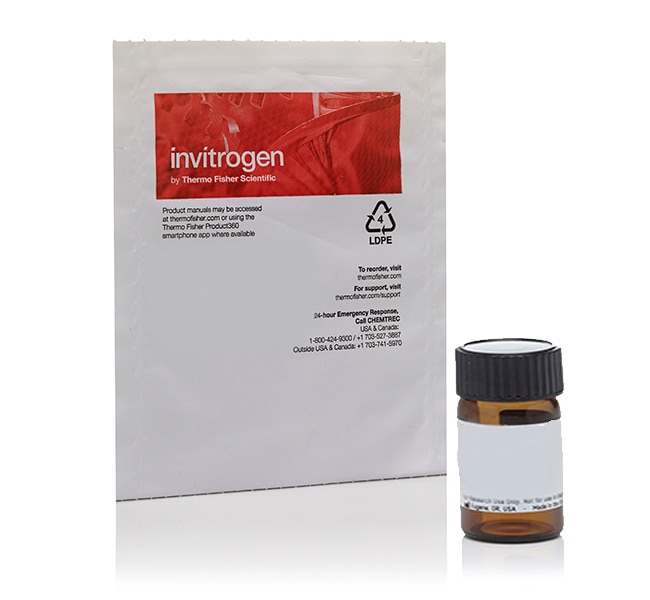Search Thermo Fisher Scientific

Dithiothreitol (DTT)
| Catalog Number | Quantity |
|---|---|
| D1532 | 1 g |
Figures

Customers who viewed this item also viewed
Documents & Downloads
Certificates
Safety Data Sheets
Molecular Probes® Handbook
Frequently asked questions (FAQs)
Either BME or DTT can be used in the NuPAGE LDS Sample Buffer.
Make sure that a fresh solution of BME is used. FINAL concentration:
DTT 50-100 mM
BME 2-5%
Find additional tips, troubleshooting help, and resources within our Protein Electrophoresis and Western Blotting Support Center.
Preparing 1 M DTT:
1) Dissolve 3.09 g DTT in 20 mL distilled H2O.
2) Dispense into 1 mL aliquots.
3) Store the aliquots at -20 degrees C.
Note: Upon thawing the vial, there may be some precipitation that can be re-dissolved by warming and mixing.
Find additional tips, troubleshooting help, and resources within our Protein Assays and Analysis Support Center.